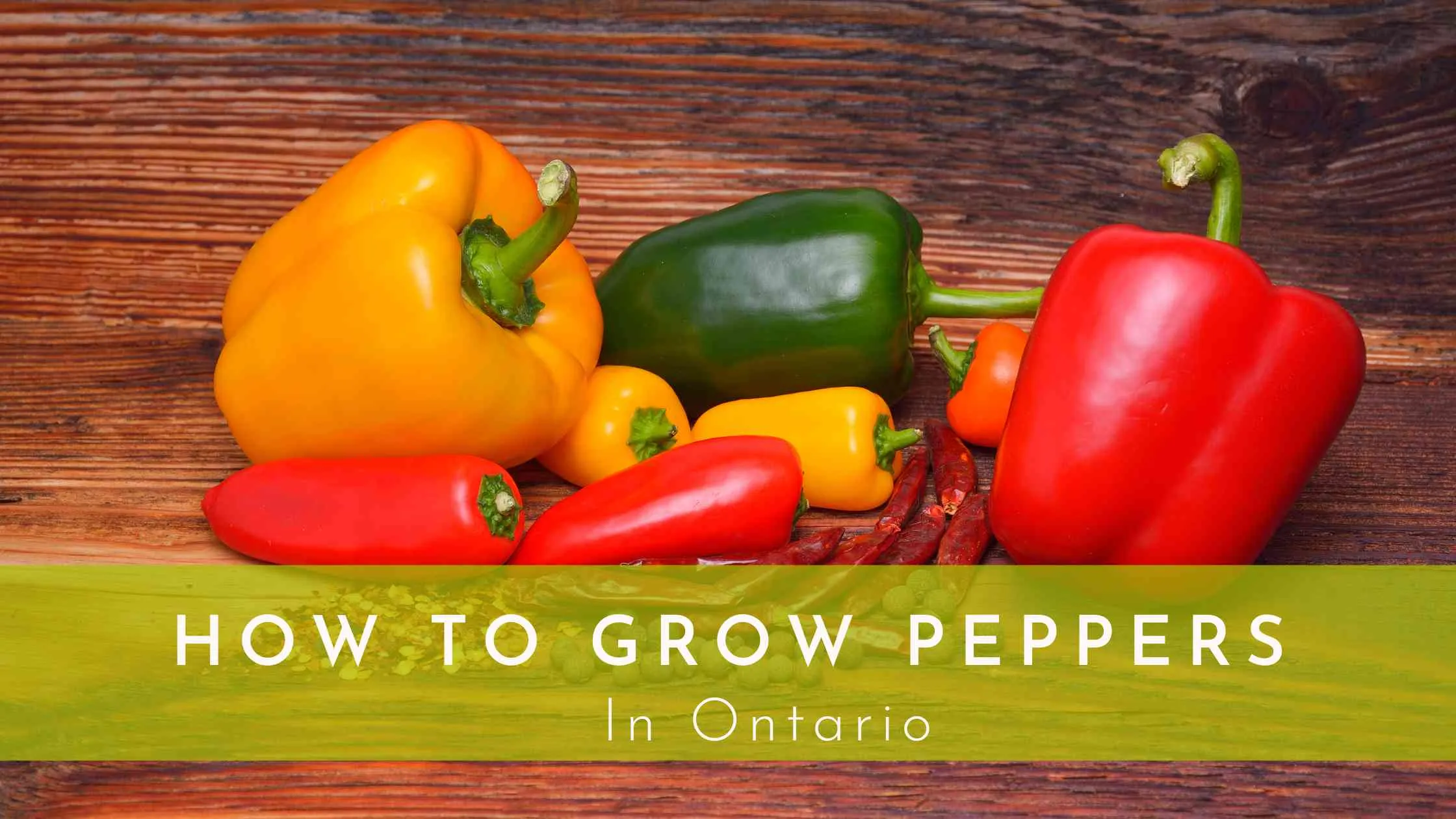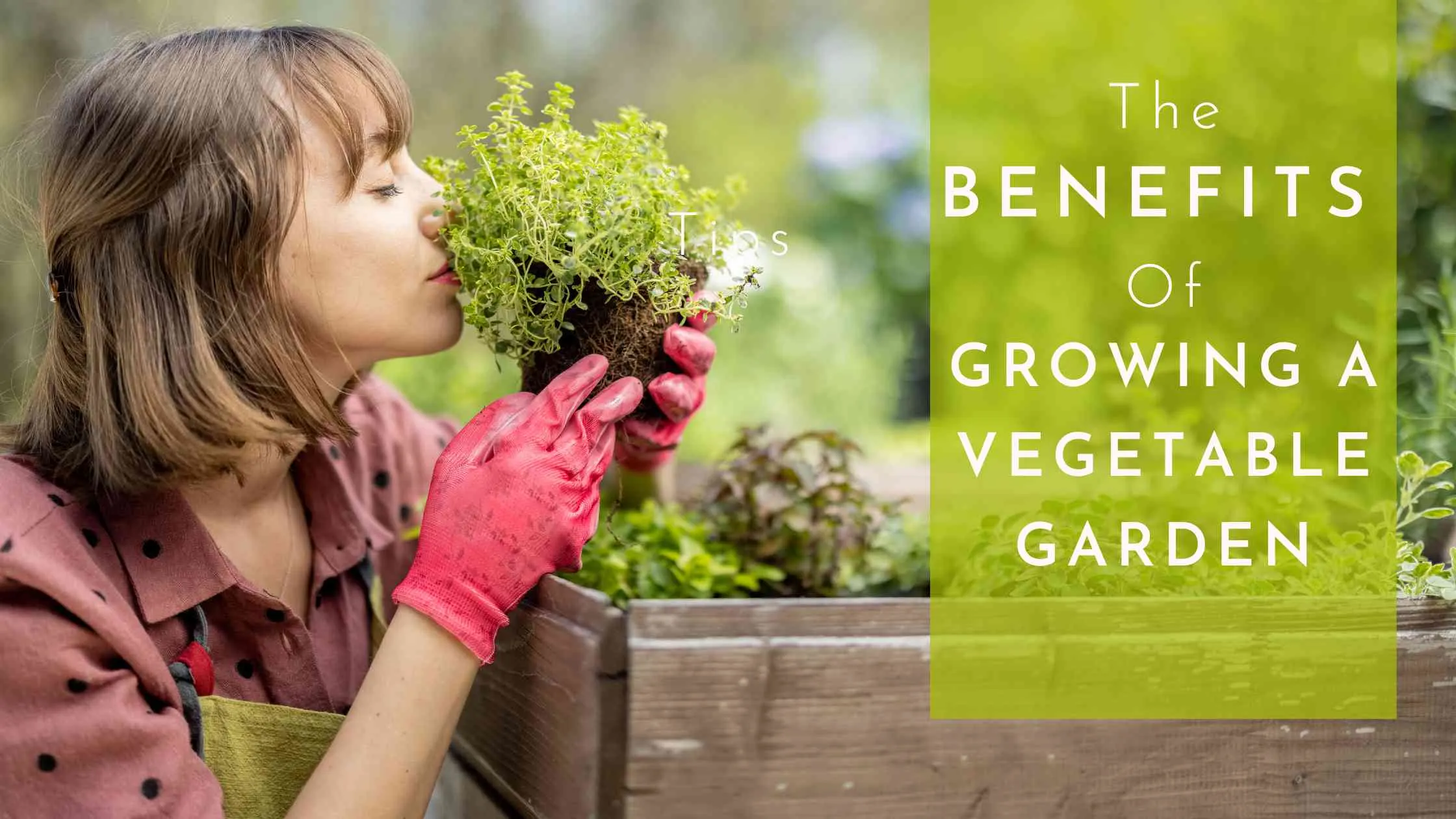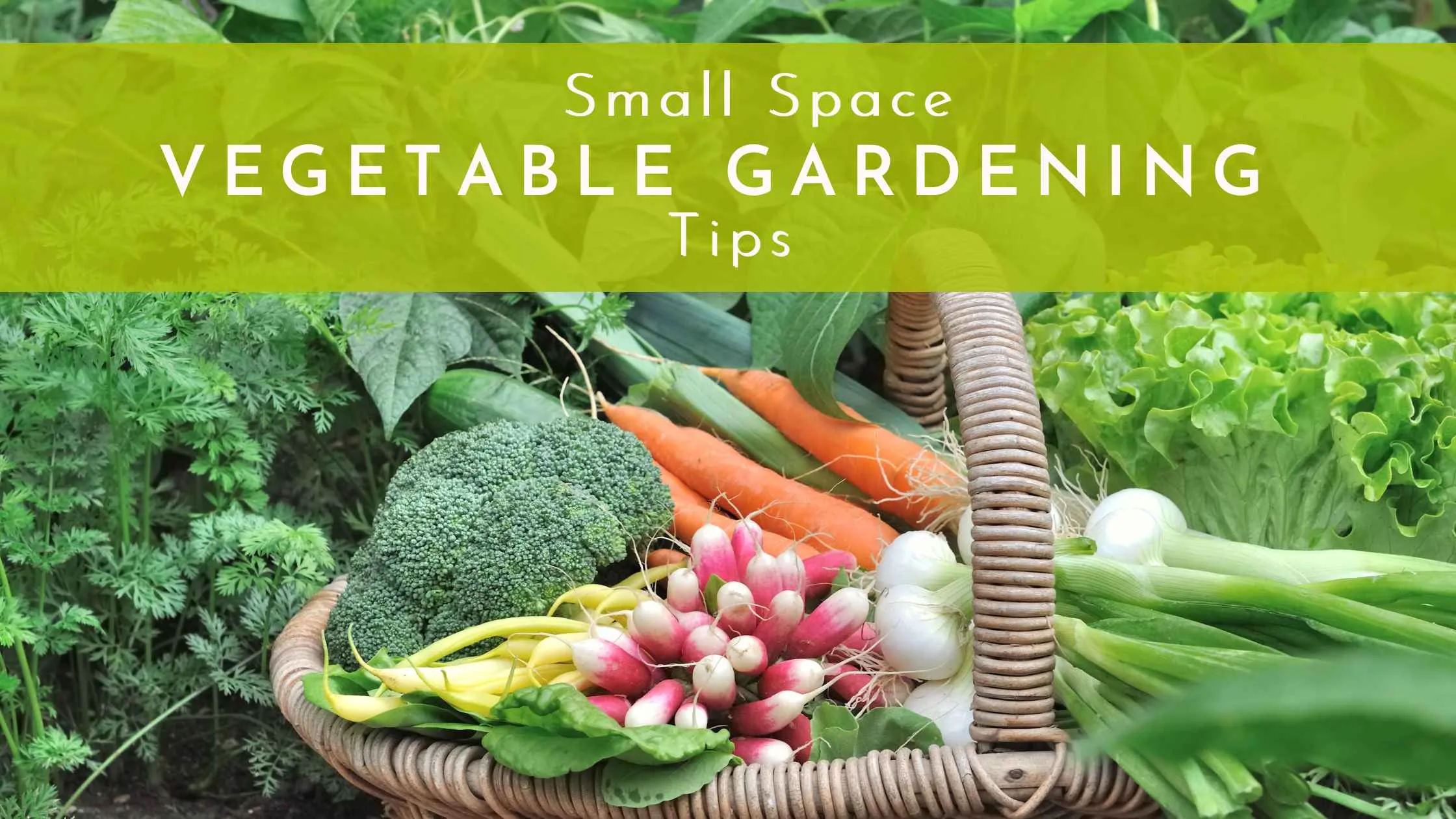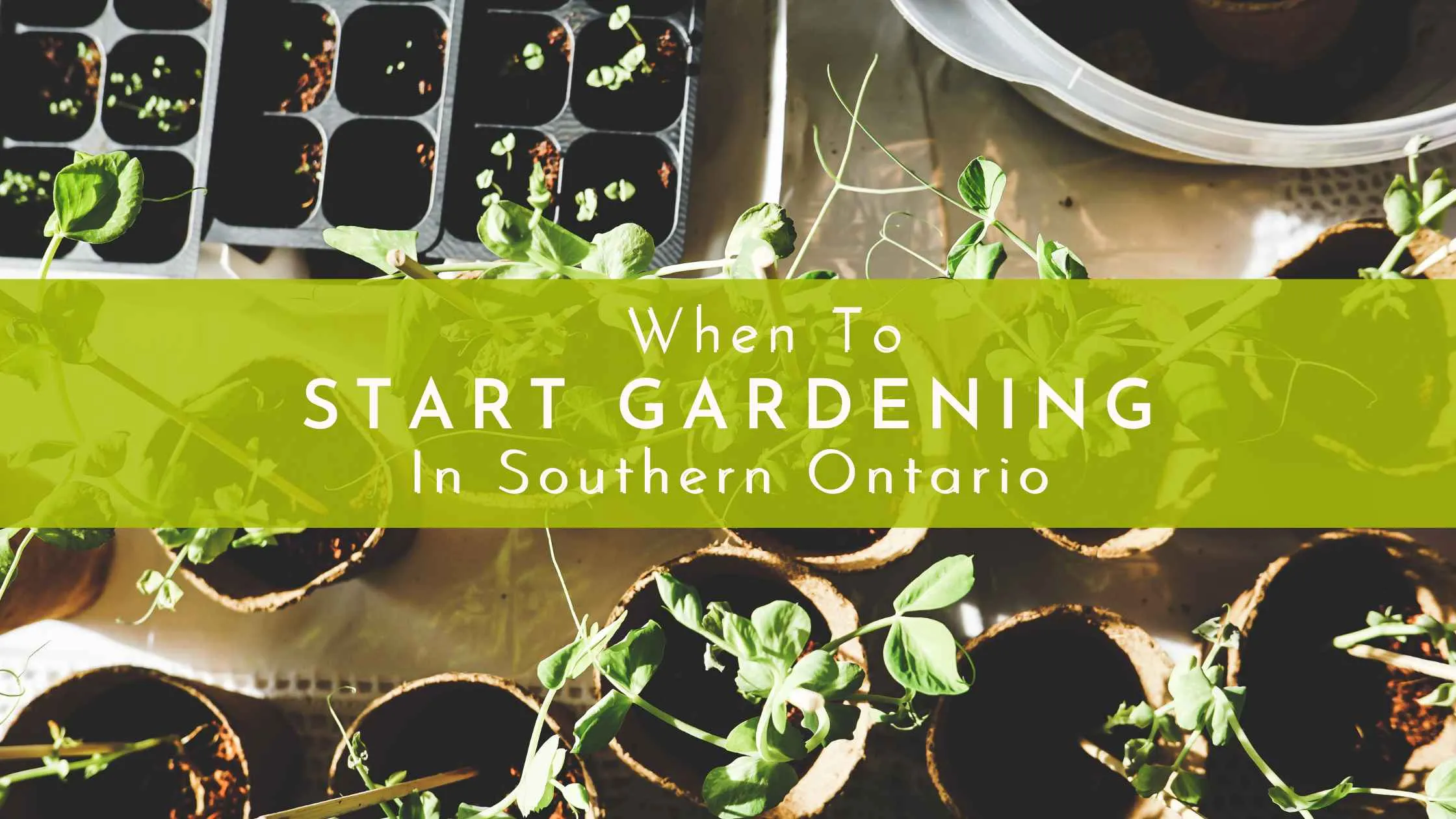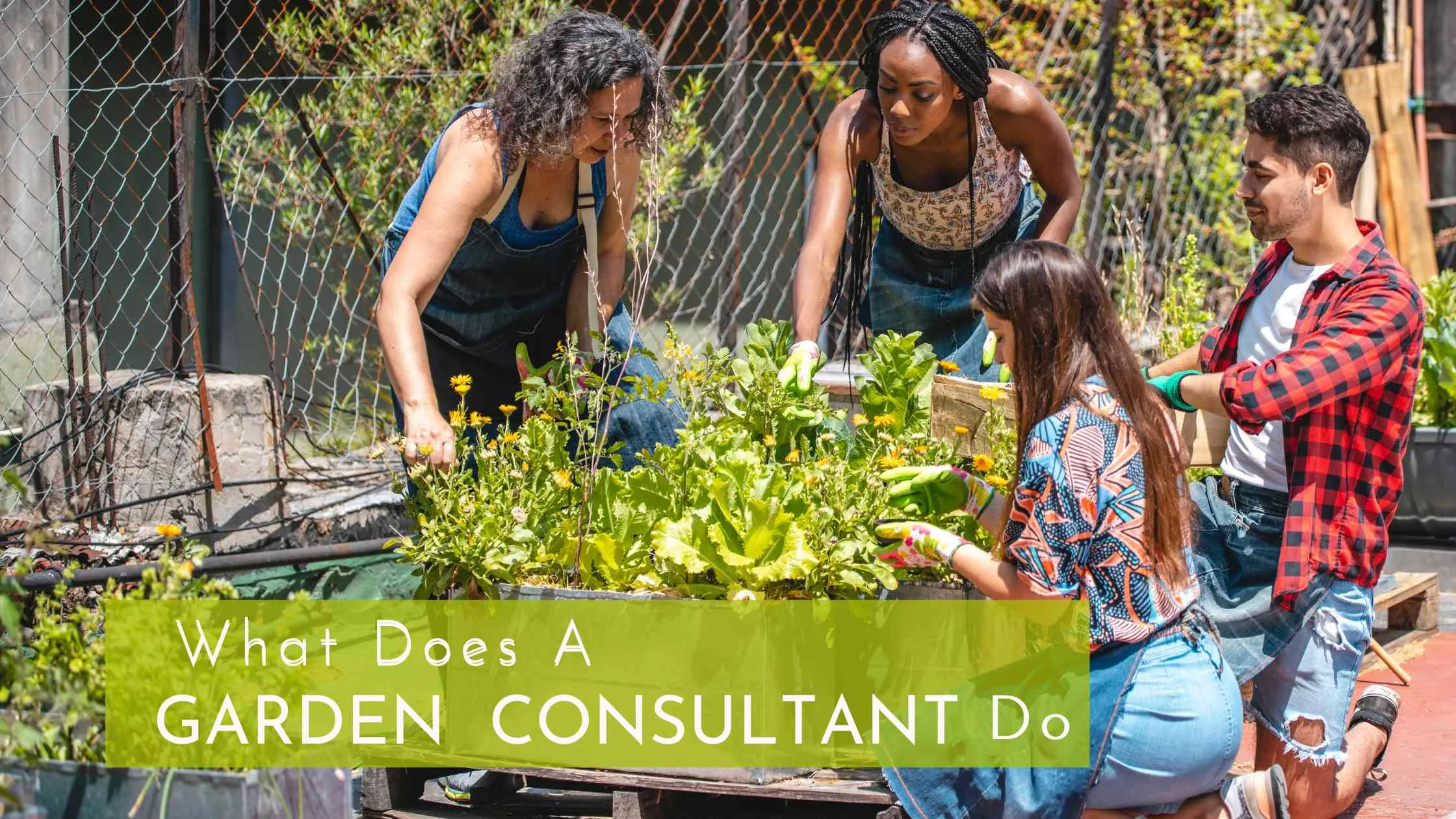Herbal Gardening 101: How To Grow Herbs for Your Home Garden
Growing herbs is a fun activity – from flavoring your food to health benefits. The freshly grown herbs are rich in vitamins and antioxidants and are also more flavorful compared to the herbs that you purchase from the market.
Growing herbs is not difficult – anyone can do it. You just need the correct guidelines and your homegrown herbs are ready to enhance the taste of your everyday meals.
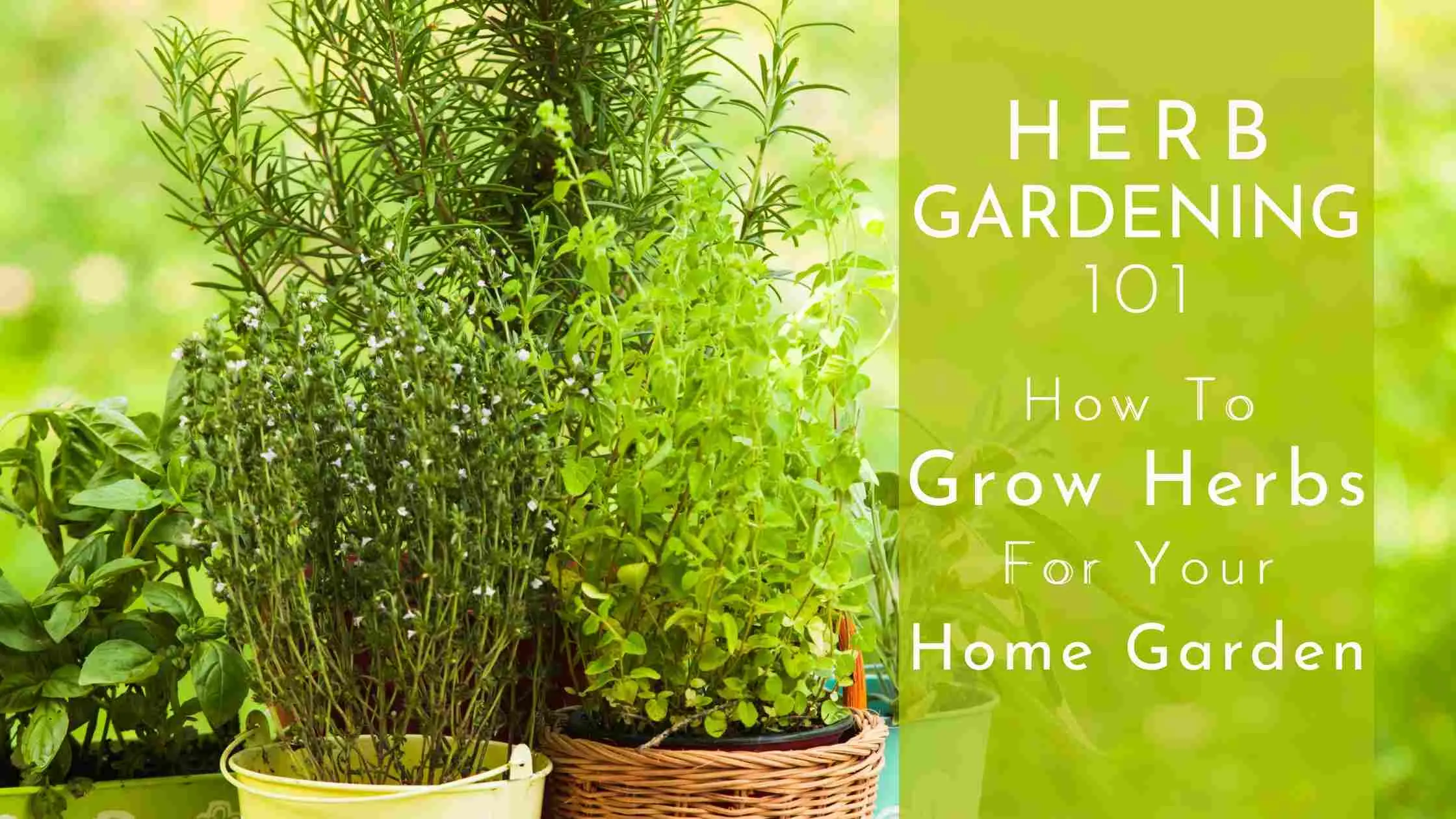
In this article, you will learn the seven steps to easily grow herbs for your herb garden.
The Best Location to Grow Herbs
You might be surprised to know that most herbs prefer an indoor environment for the best growth. Herbs like chives, mint, parsley and basil can be grown indoors with indirect light. Even during the coldest months, you can grow most herbs without direct sunlight.
The location you choose for growing herbs is very important. Most people prefer keeping herb plants in their kitchens. But you can also keep them in your living room or dining room if it’s more convenient.
Don’t put your herb pots in direct sunlight. Keep them at least one foot from the window to prevent them from drying out and dying. Just make sure your plant gets around 6 hours of sunlight.
If you cannot provide enough sunlight for herbs, you can select herbs like parsley, mint, and cilantro. These herbs only require 3 to 4 hours of sunlight.
Choosing the Best Plants
Before choosing the best herb to grow, you should know that herbs are classified into three categories, namely; annual, perennial and biennial.
You have to replant the annual herbs every spring while perennial herbs do not need to be replanted every year. In simple words, annual herbs or plants only live for one year while perennial herbs can live for several years so there is no need to replant the herbs. On other hand, biennial herbs live for two years.
In summer, you can grow tender perennials in containers, and before the cold weather move them indoors. If you are growing herbs in the containers then choose the herbs which don’t grow too tall like rosemary, basil, thyme, mint, or lavender.
You can choose seeds or starters but if you are planning to start indoors, the seeds are the easiest option. You can buy seed packets or plants from a nursery. Getting started from seeds is less expensive but it requires a lot of time to grow and it also needs your proper attention.
You can choose herbs for their aroma or those that have attractive and ornamental value. If you plant these herbs in your garden, they will blend with your other plants adding to the beauty of your garden. These herbs will cover your ground and make an attractive edge along walkways. It will enhance the beauty of your garden and give it a greener and fresh look.
You can also arrange the herbs based on their taste or flavor. You can also classify the robust herbs like rosemary and garlic separately. They are rich in taste and can be used with other herbs or can also be used alone.
People add many different fine herbs to their food while cooking. You can also add them to your food at the end of your cooking. They will enhance the taste of your food so you can grow your favorite herbs in your garden.
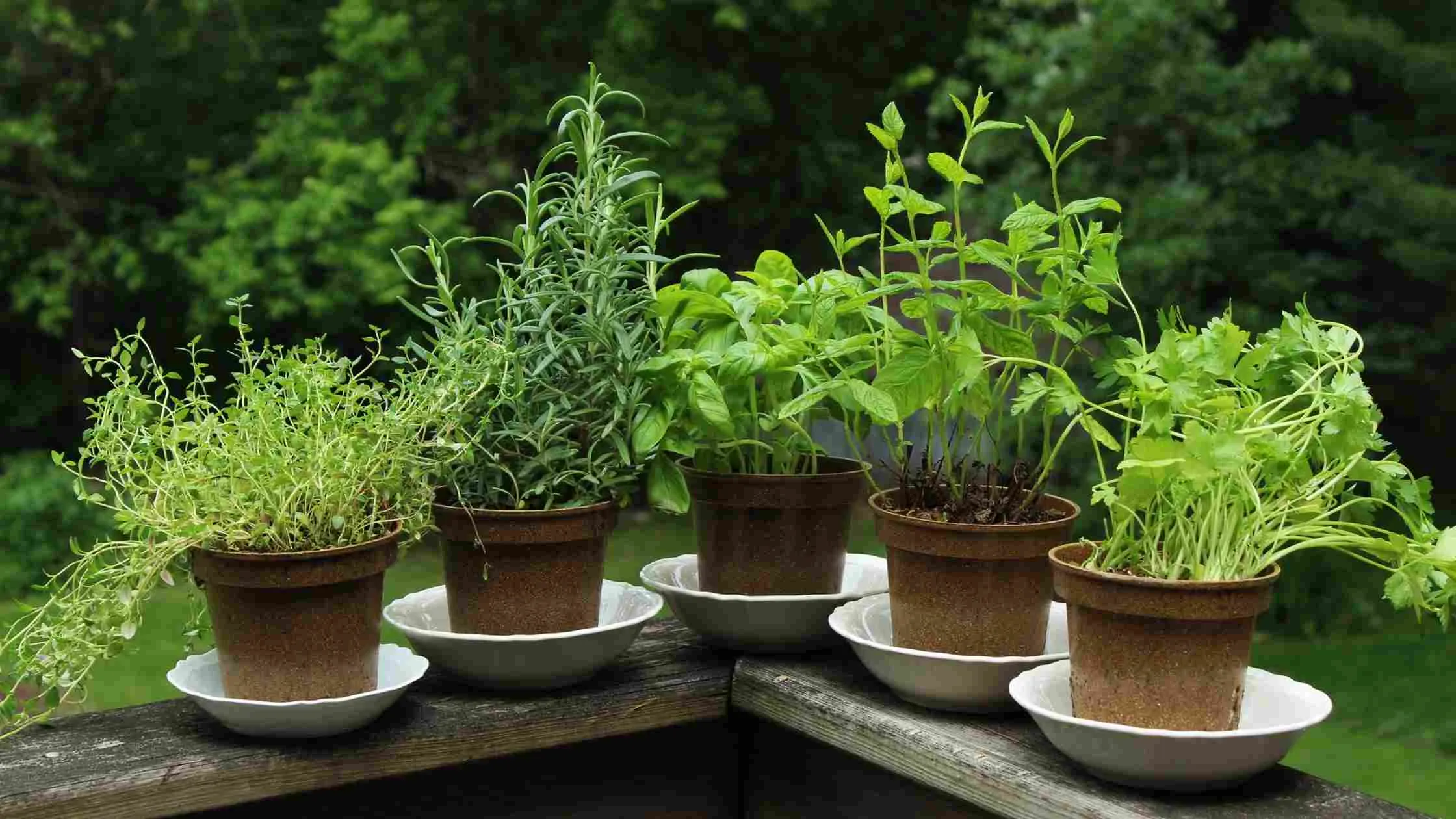
Plant in Containers or the Ground
After deciding the most suitable pot for planting, it is time to pot them.
Plant your herbs in clay pottery or unglazed ceramic pots. Using natural-fiber pots is also preferable. It is better to avoid plastic pots as it stores water longer but unevenly. The use of up-cycled containers is also a great idea as it can contribute to the decoration of your home.
Choosing a bigger pot is preferred as it provides enough room for the roots to spread freely. Moreover, bigger-sized pots are good for drainage and also prevent the risk of waterlogging.
Make Drainage Holes in the Container
After selecting your pot make a drainage hole in the bottom of your pot. If the pot is huge you need to make 3-5 small holes. You can use a screwdriver or a drill to easily make the hole.
Now it's time for the base layer, you can create a base layer in your pot using clay pebbles or gravel. Scatter some pebbles in the bottom of the pot. After putting the pebbles in, cover them with lightly fertilized loose soil.
Young plants don't need much of it but if you have older plants you can boost them up by applying liquid feed over them. Water the plants daily to help them settle in their place.
Soil
Soil is the most crucial element in growing any kind of plant therefore it is best to choose a high-quality potting soil for growing herbs. Buy good quality soil, full of nutrition, which feels loose and moist while touching.
If you buy poor-quality soil that compacts quickly, it will not be suitable to support a healthy root structure. Bad soil can directly affect the growth of your herbs. You can ask garden center staff to advise you on the choice of the best soil for your herbs.
Planting with Loose Soil
After getting your soil, fill the pot loosely with soil up to the rim. Avoid pressing the soil down. Before planting, water the soil to keep it moist.
Next, move the starter herb plant from your pot and loosen the soil at the bottom. Gently, make a hole in the new planting pot with the soil. Fill the soil around the roots without compacting it. After successfully planting, water your plant thoroughly so the loose soil can settle.
Watering
You might find this task challenging as watering herbs needs practice. First, you need to check when the plants dry out and need watering. You can do this by sticking a finger one inch into the soil. If the soil is dry, you know that it needs water.
After you do this a few times you will find how often the soil dries out. To prevent quick drying out avoid placing your plants in a sunny spot.
Most herbs need to be watered after every three to five days. Put the liquid in the drainage saucer beneath your pot to get reabsorbed. After 8 hours pour out the excess liquid as standing water can invite destructive insects.
Check your plants frequently whether your water them or not. If the soil seems dry, you can lift the pot and observe its weight. If the pot is heavy it's not dry yet.
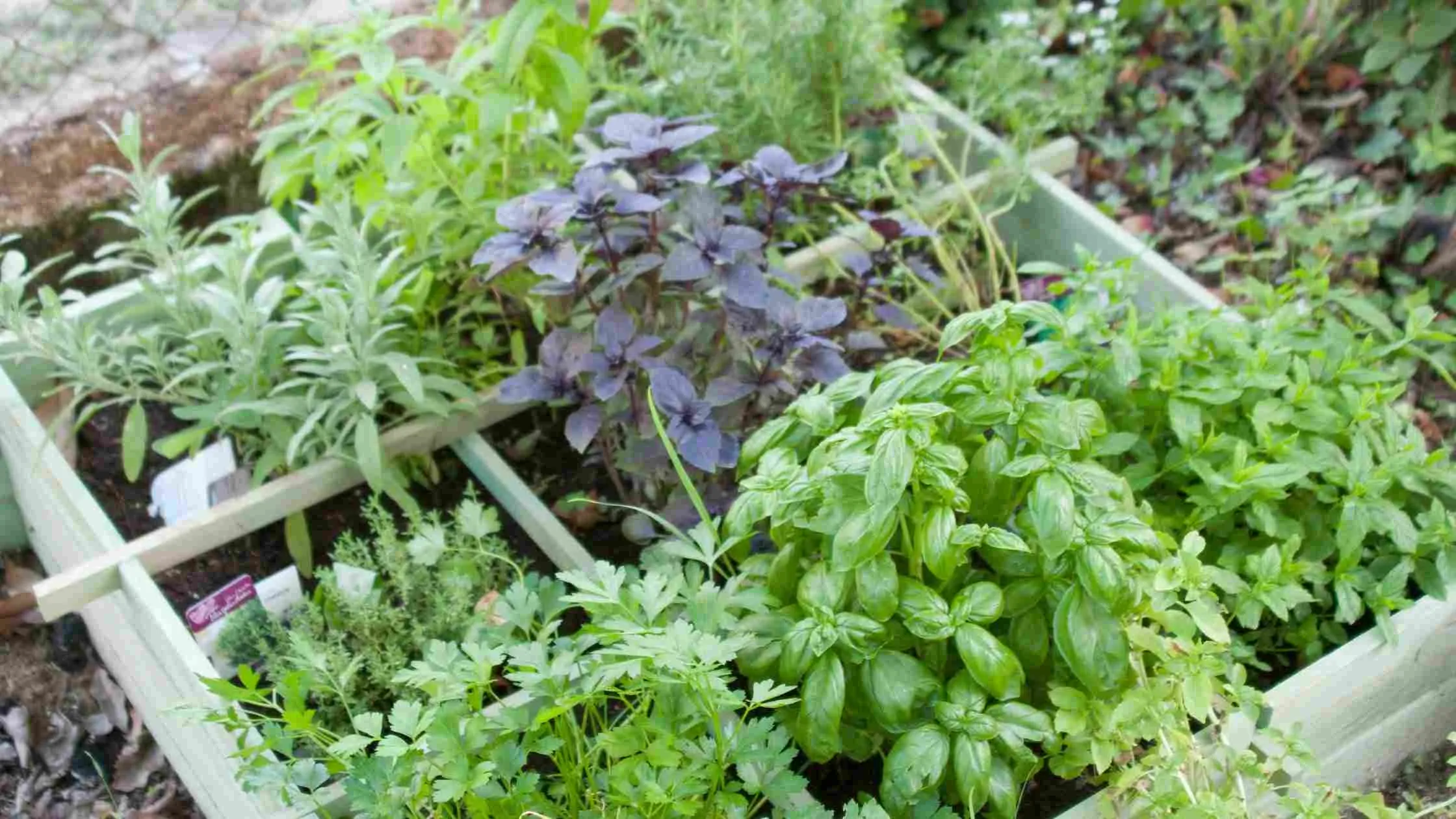
Fertilizing
Using quality fertilizers on your herbs brings several advantages. It helps to boost the healthy growth of your herbs. If you prefer, use organic fertilizer to fertilize your indoor plants and keep them chemical-free.
The herbs need fertilizers only once a month. You can mark the calendar to set reminders for it.
Dealing With Pests
Your plants can be home to various kinds of pests. You can prevent pests by making sure that the soil is not wet for long periods. You also need to clear the top of the soil from dead and dying foliage as the decaying plant matter is the favorite habitat of pests.
If you find any pests on your herbs, spray them with a soap- or Neem oil- based mixture. These mixtures are organic and are completely safe for your growing herb, pets, and children. It is important to treat your herb plants every 5-7 days to prevent pests from spreading.
Harvesting
Now, when your herbs are ready, it's time for harvesting!
Pinch back or harvest your plant often - daily even. In this way, your herbs stay healthy and bushy for longer. You can use the cuttings for cooking, making tea, or adding to your bath. You can also store them for later use.
Keep cutting the flowers off as the flower can ruin the taste of these herbs. The flower can even turn your plant bitter so try to cut every single of it to enjoy the best flavor.
Morning is the best time for harvesting herbs. You can use pair of garden or kitchen scissors for harvesting. Cut the herbs when they reach 6-8 inches tall. Avoid cutting close to the base of the plant and try to cut close to the leaves intersection.

Recommended Herbs for Beginners
There are dozens of herbs that you can grow but growing some herbs can be a bit challenging. Here are top recommended herbs for the beginner that can be easily grown in your garden:
- Basil
- Sage
- Chives
- Anise hyssop
- Mint
- Chamomile
- Lemon Balm

